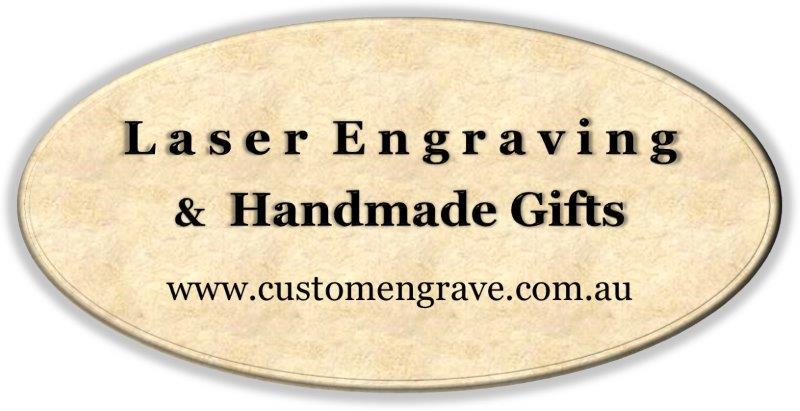What is Laser Engraving?
Laser engraving is the practice of using lasers to engrave an object. The technique does not involve the use of inks, nor does it involve tool bits which contact the engraving surface and wear out. The laser is like a pencil – the beam emitted from it allows the controller to trace patterns onto the surface. The controller (usually a computer) controls the direction, intensity, speed of movement, and spread of the laser beam aimed at the surface. The surface is picked to match what the laser can act on.
How does it work?
To engrave, the laser engraver focuses a beam of high intensity light through a lens. This high powered focussed beam of light has enough energy to vaporise the material surface and produces a visible mark on the material. The laser engraver manages the forming of an image much like a conventional dot matrix printer, scanning left to right as it moves up or down ‘through the image’ while pulsing a vaporising beam of light onto the material.
What materials can be Laser Engraved?
Paper, Cardboard, fabrics (cotton, silk & felt), leather, plastics, acrylics, timber, ceramics, stone, granite, marble, slate, foam, foils & glass are some of the materials that can be engraved. In addition, many different metals (such as silver, stainless steel & aluminium) can also be marked.
What are the benefits of Laser Engraving?
Laser engraving is permanent and is the perfect way to personalise an item. Whether it be:
- a gift for someone special to you
- a corporate gift for a Client, Staff Member, Manager or Director
- an easy way to identify Company Assets
- an easy way to identify your personal belongings
The list is endless. Contact us via email sales@customengrave.com.au to discuss your requirements and for a quote.



